Intel Haswell vs AMD Richland head-to-head
We test both sets of architecture to see which is best suited for your needs.


Benchmarks: Haswell v Richland
Intel has led the way in processing for the last few years, so it's no surprise to find Haswell in front in our application benchmarks.
The high-powered Core i7-4770K scored 1.16 in our application benchmarks. That's quicker than the 1.06 scored by previous generation Core i7-3770K, and it's further ahead of the FX-3850 AMD's most powerful processor scored 0.95 in the same tests.

Graphics performance has taken a more dramatic leap forward. The i7-4770K's HD Graphics 4600 chipset rattled through our 1,600 x 900 Medium-quality Crysis benchmark at 38fps. That's easily playable, and an improvement on the 24fps scored by the Core i7-3770K but not quite able to match the 43fps of A10-6800K.
The A10-6800K scored 0.81 in our tests an improvement on the 0.76 scored by the A10-5800K. The A10-6700 wasn't far behind, scoring 0.79 in the same tests. It's progress, but it's not enough to match Intel's Haswell-based Core i5s in terms of pure application performance, these top-end APUs match Ivy Bridge-based Core i3 chips.
It's in gaming where Richland APUs make up ground. The A10-6800K's Radeon HD 8670d graphics core scored 90fps in our 1,366 x 768 Low-quality Crysis test, and 43fps when we upped the resolution to 1,600 x 900 and quality settings to Medium. In both tests that's five frames faster than Haswell's HD Graphics 4600 could manage, and even further ahead of Ivy Bridge.
The gap was even more pronounced in Just Cause 2: the A10-6800K averaged 64fps in the game's low-quality benchmark, but the Core i7-4770K scored just 44fps.
Get the ITPro daily newsletter
Sign up today and you will receive a free copy of our Future Focus 2025 report - the leading guidance on AI, cybersecurity and other IT challenges as per 700+ senior executives
AMD's latest chips perform well without consuming much power. Our test rig, comprising 8GB of RAM and an SSD alongside the A10-6800K, consumed a miniscule 37W when idle and 108W when stress-tested. Our high-end Haswell machine required just 38W when idling but this figure rocketed to 185W at peak load.
Mike Jennings has worked as a technology journalist for more than a decade and has been fascinated by computers since childhood, when he spent far too long building terrible websites. He loves desktop PCs, components, laptops and anything to do with the latest hardware.
Mike worked as a staff writer at PC Pro magazine in London for seven years, and during that time wrote for a variety of other tech titles, including Custom PC, Micro Mart and Computer Shopper. Since 2013, he’s been a freelance tech writer, and writes regularly for titles like Wired, TechRadar, Stuff, TechSpot, IT Pro, TrustedReviews and TechAdvisor. He still loves tech and covers everything from the latest business hardware and software to high-end gaming gear, and you’ll find him on plenty of sites writing reviews, features and guides on a vast range of topics.
You can email Mike at mike@mike-jennings.net, or find him on Twitter at @mikejjennings
-
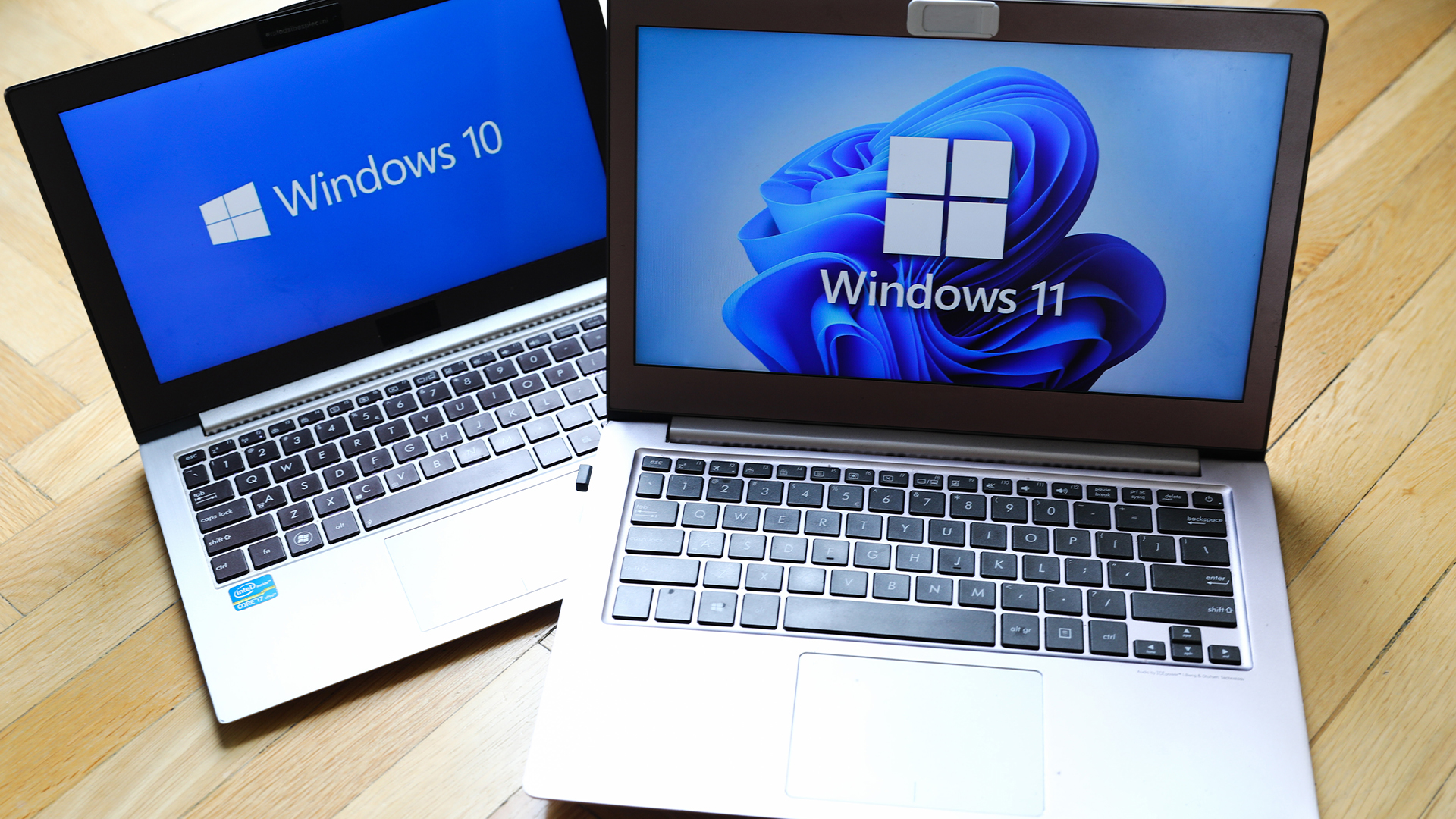 What enterprises need to be Windows 11 ready
What enterprises need to be Windows 11 readySupported Content Hardware purchasing will play a key role in delivering success during the Windows 11 migration rush
-
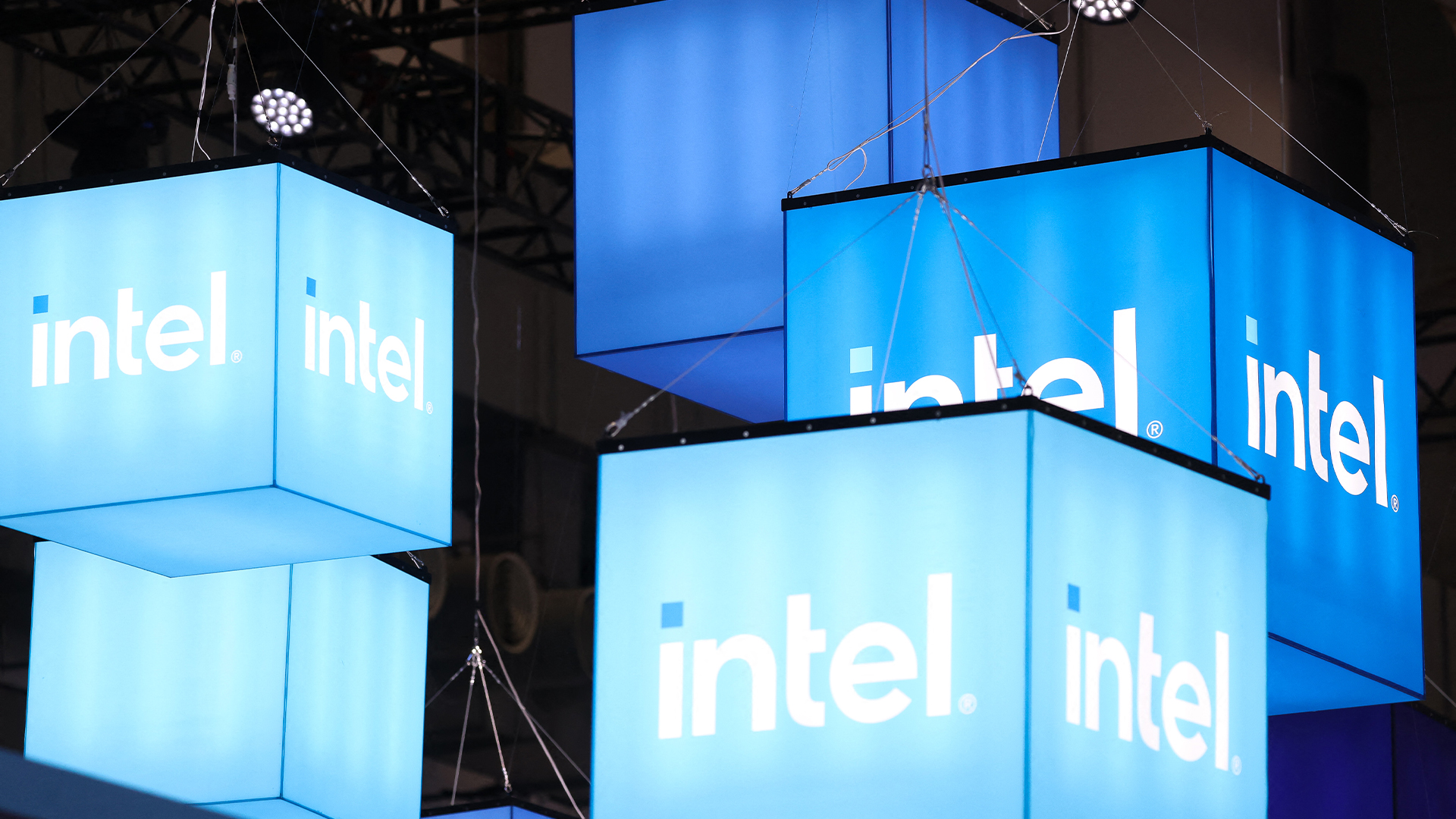 The gloves are off at Intel as new CEO plots major strategy shift
The gloves are off at Intel as new CEO plots major strategy shiftNews Intel’s incoming CEO has some big plans for the firm’s business strategy, sources familiar with the matter have told Reuters, with more job cuts looming on the horizon.
-
 Why the CPU you chose is the key to Windows 11
Why the CPU you chose is the key to Windows 11The end of Windows 10 is on the horizon – it’s time to upgrade to an fTPM-protected processor
-
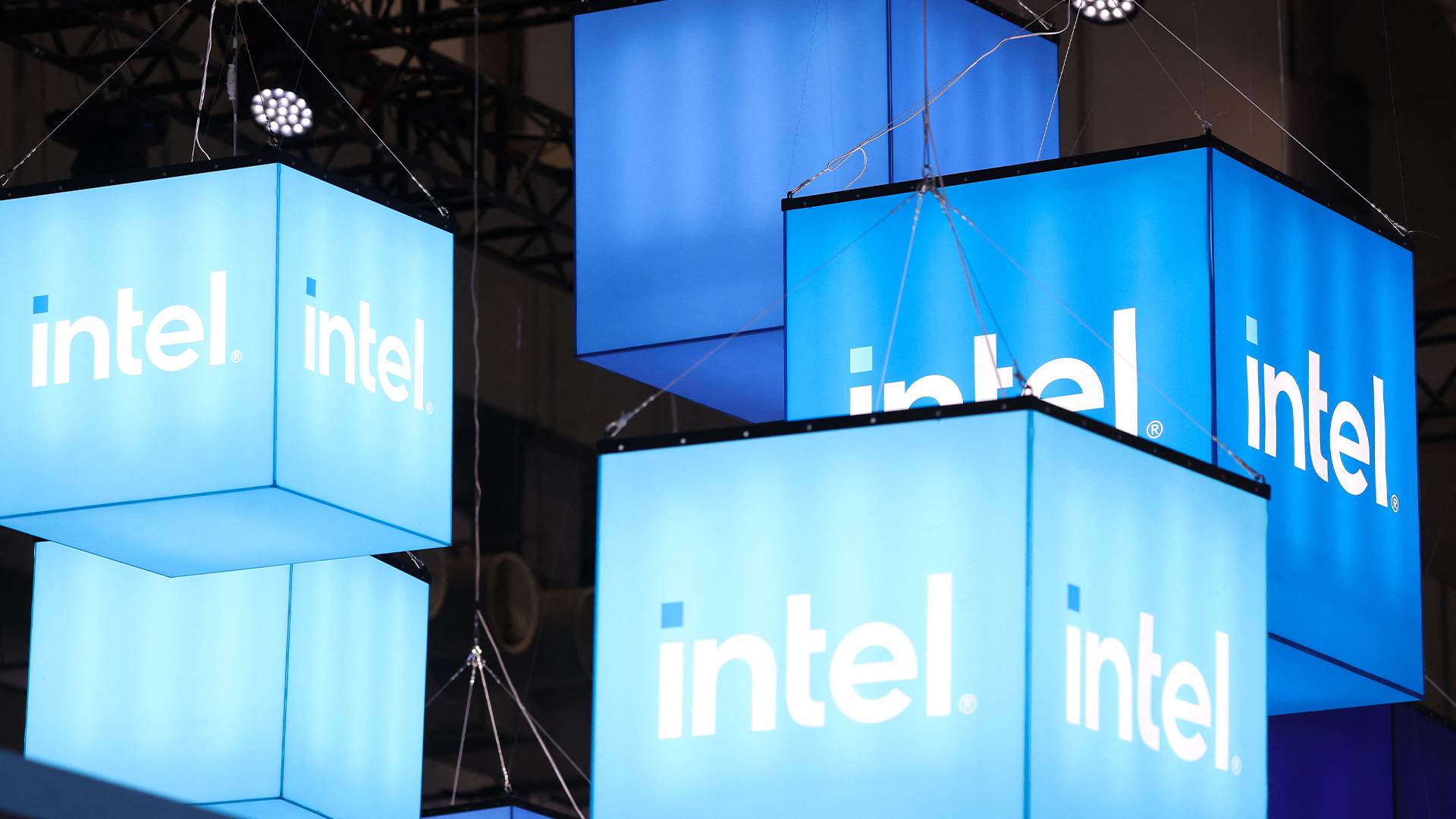 Intel just won a 15-year legal battle against EU
Intel just won a 15-year legal battle against EUNews Ruled to have engaged in anti-competitive practices back in 2009, Intel has finally succeeded in overturning a record fine
-
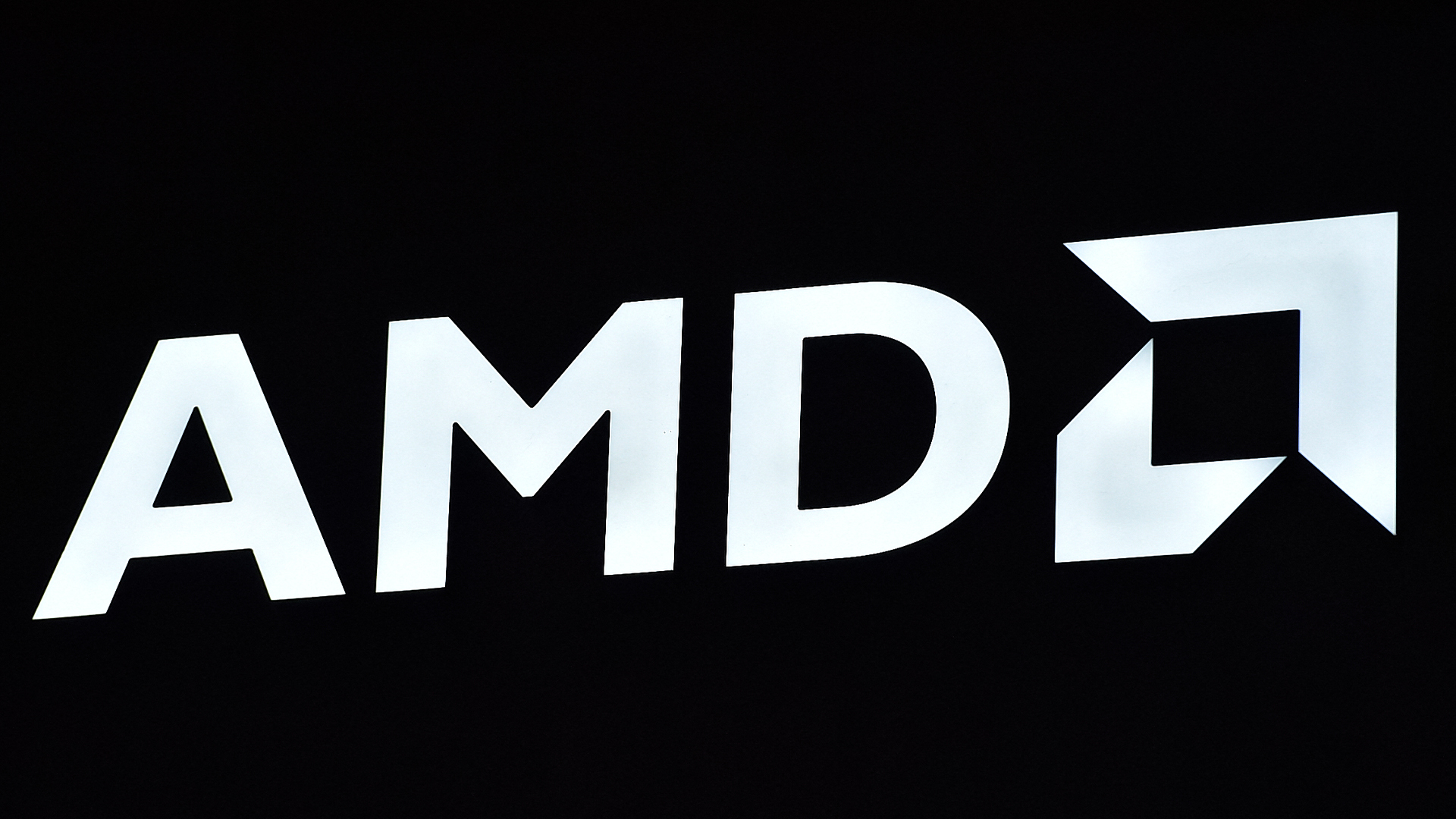 AMD and Intel’s new x86 advisory group looks to tackle Arm, but will it succeed?
AMD and Intel’s new x86 advisory group looks to tackle Arm, but will it succeed?News The pair will look to make x86 CPU architecture more interoperable
-
 AMD’s patient roadmap has become a highway to success
AMD’s patient roadmap has become a highway to successAnalysis While everyone was focused on Nvidia’s meteoric rise, AMD was preparing the hardware needed to take the fight to its long-time competitor
-
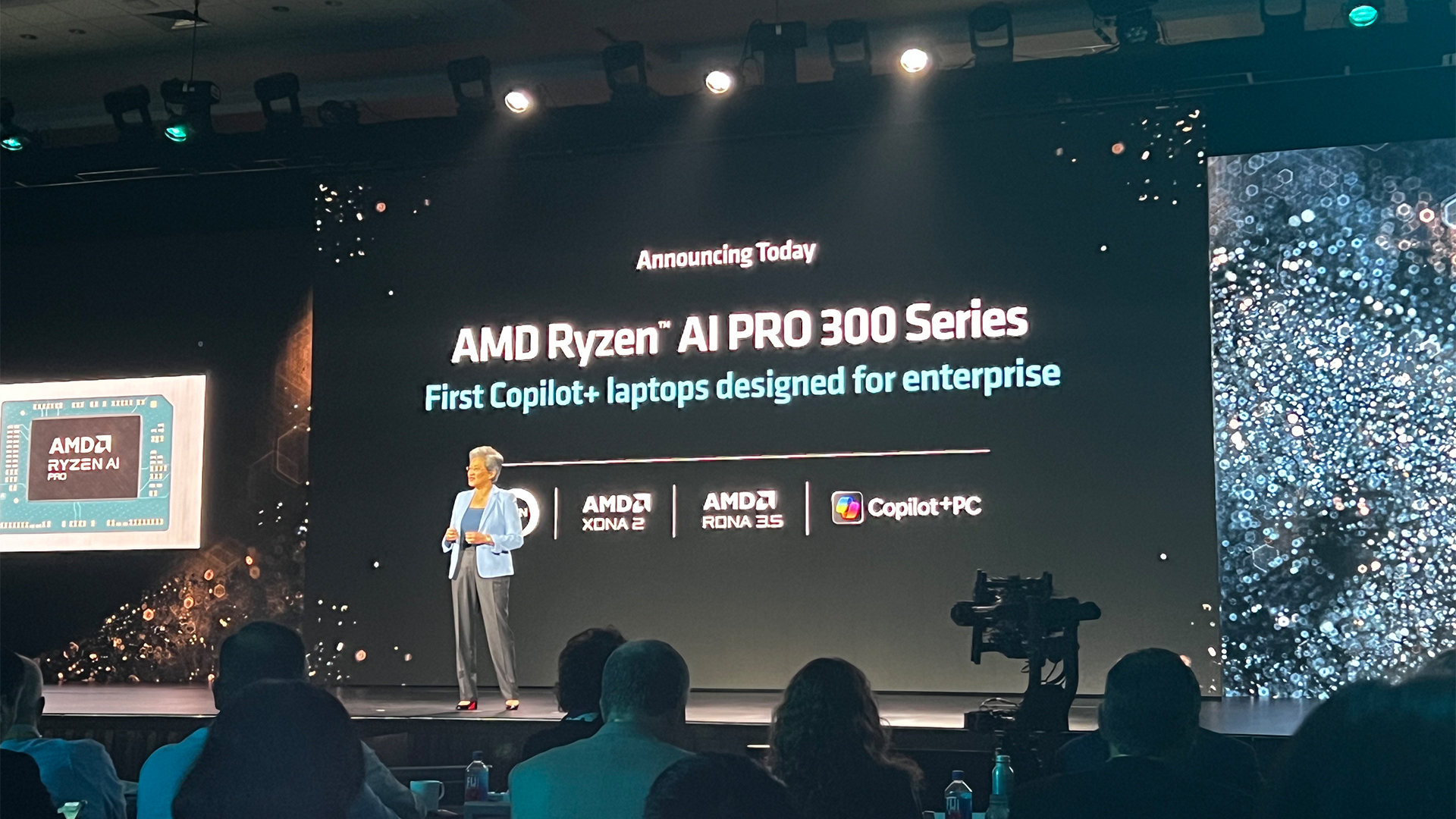 AMD just made a big statement in the AI PC race with its Ryzen AI Pro 300 series processors
AMD just made a big statement in the AI PC race with its Ryzen AI Pro 300 series processorsNews With all eyes focused on the AI PC craze, AMD looks to one-up the competition
-
 AMD’s new Instinct GPUs might just blow Nvidia out of the water
AMD’s new Instinct GPUs might just blow Nvidia out of the waterNews The chip maker unveiled its newest Instinct GPU series in San Francisco today – and it’s very bullish on performance in the race with Nvidia

